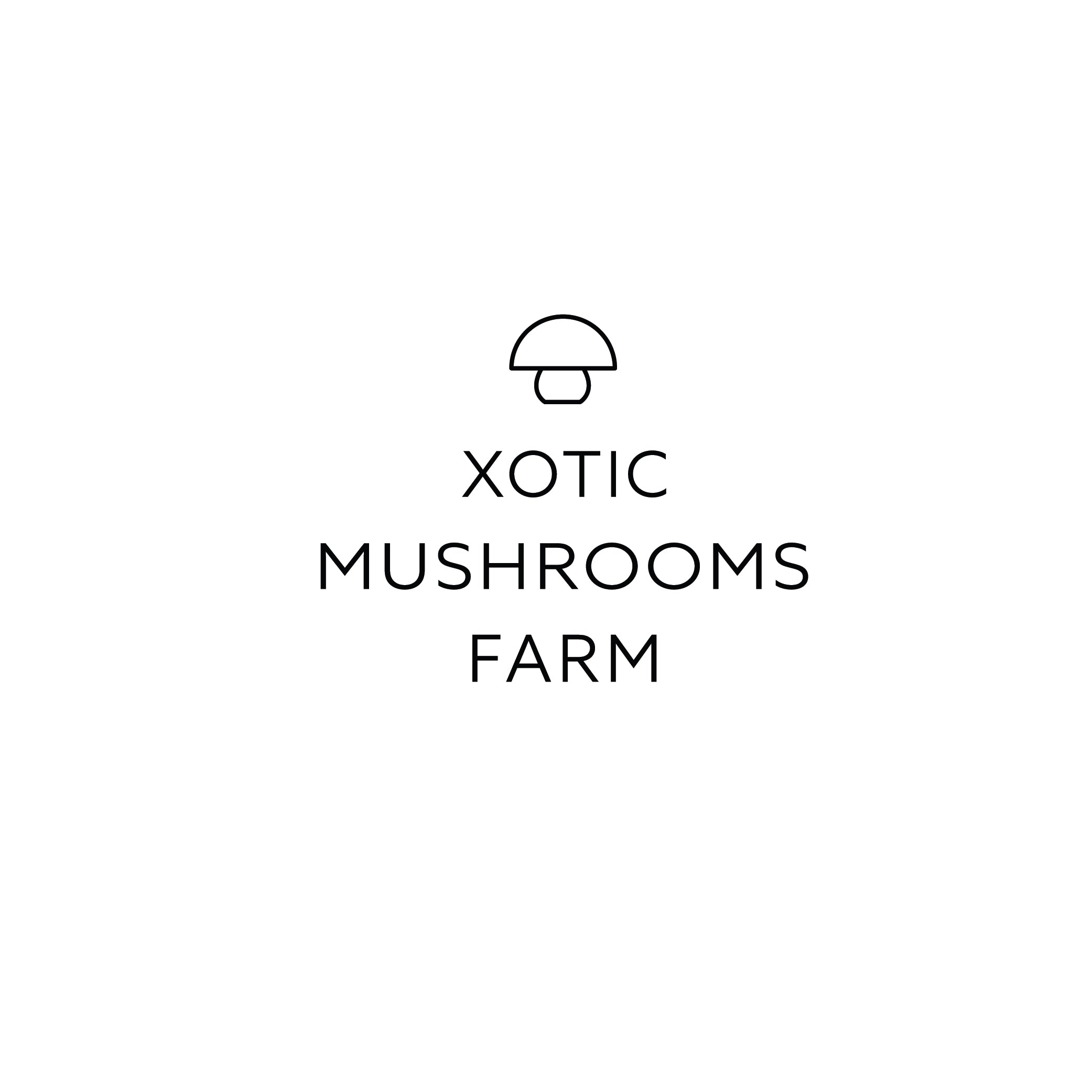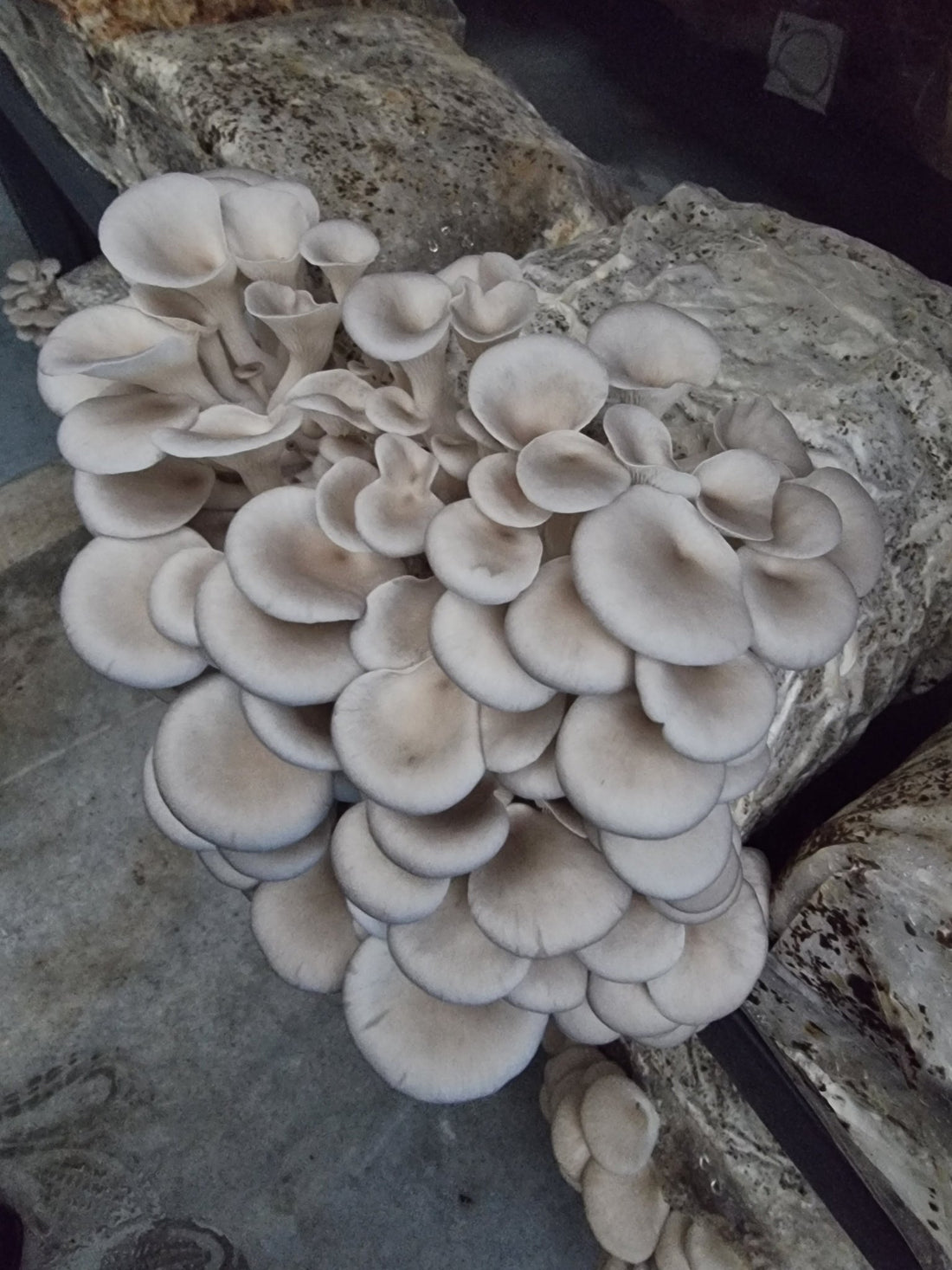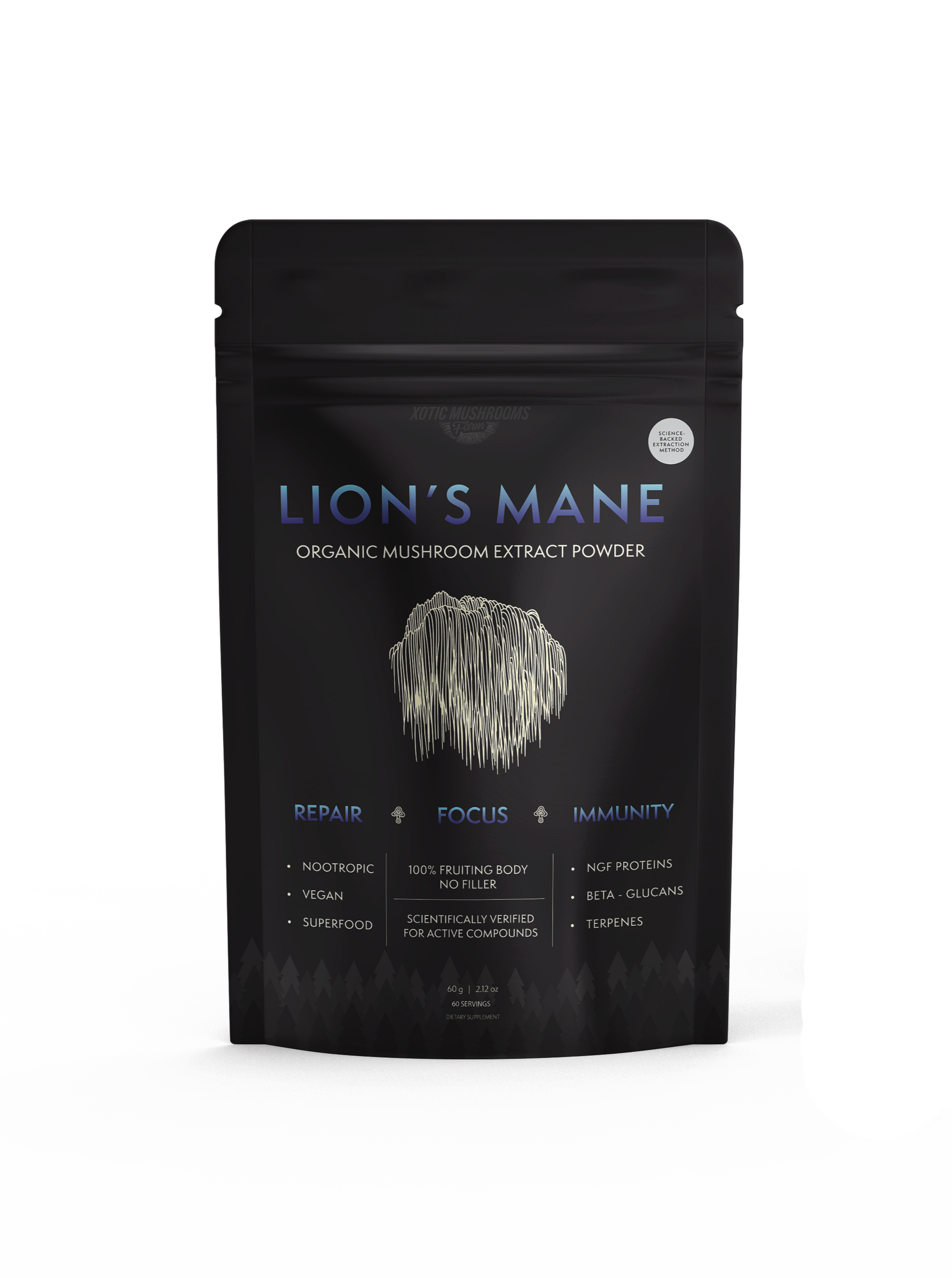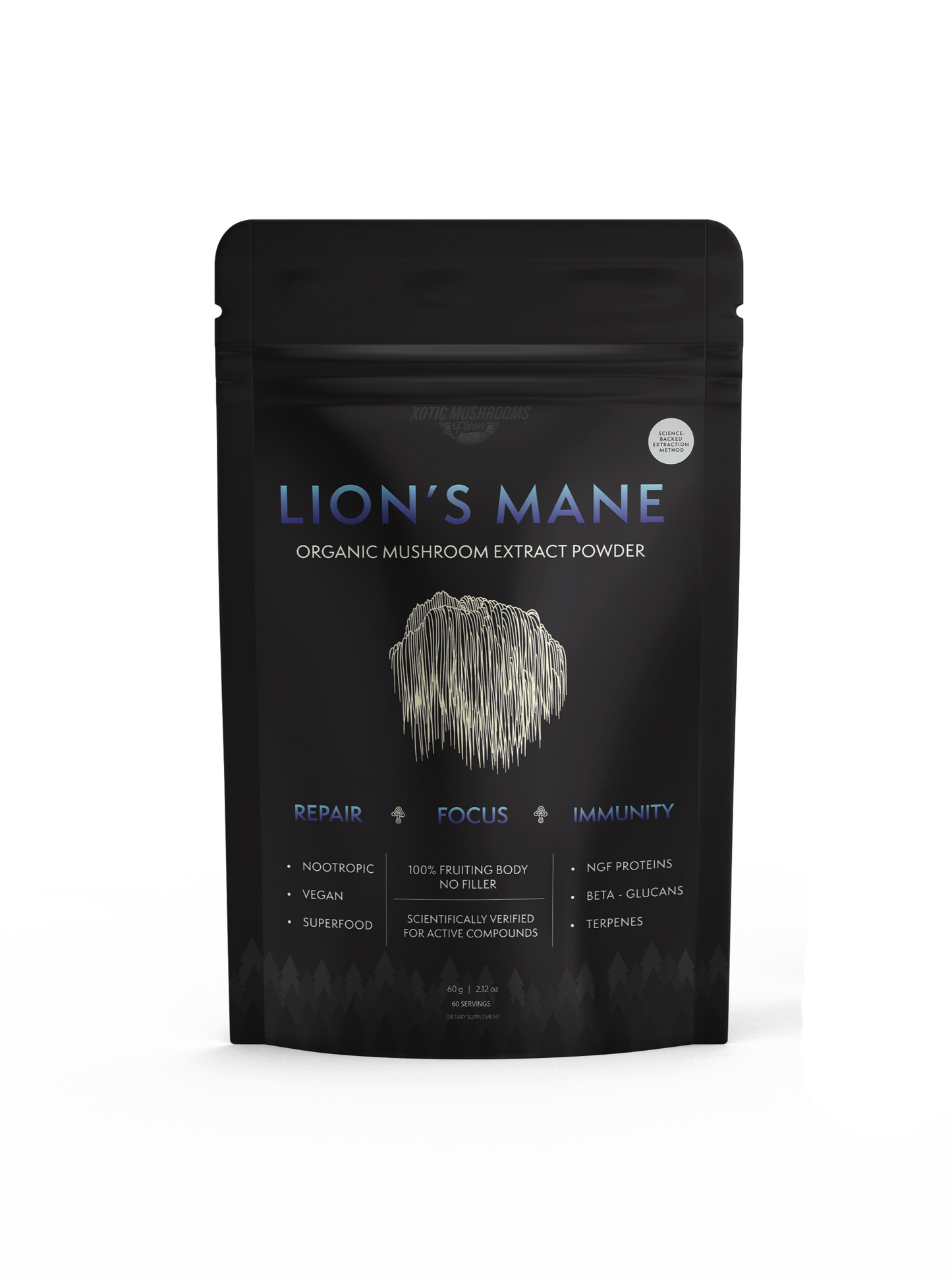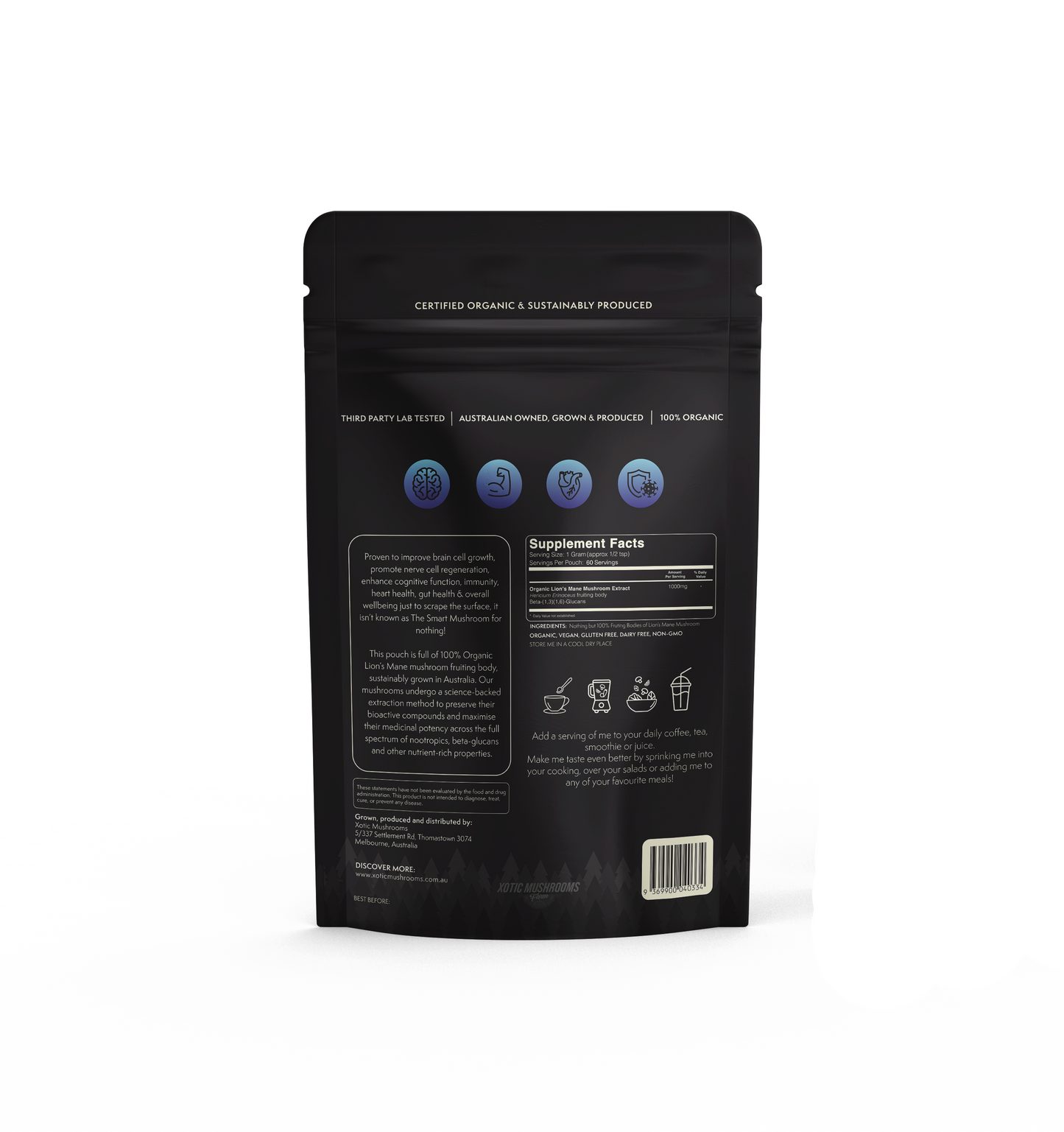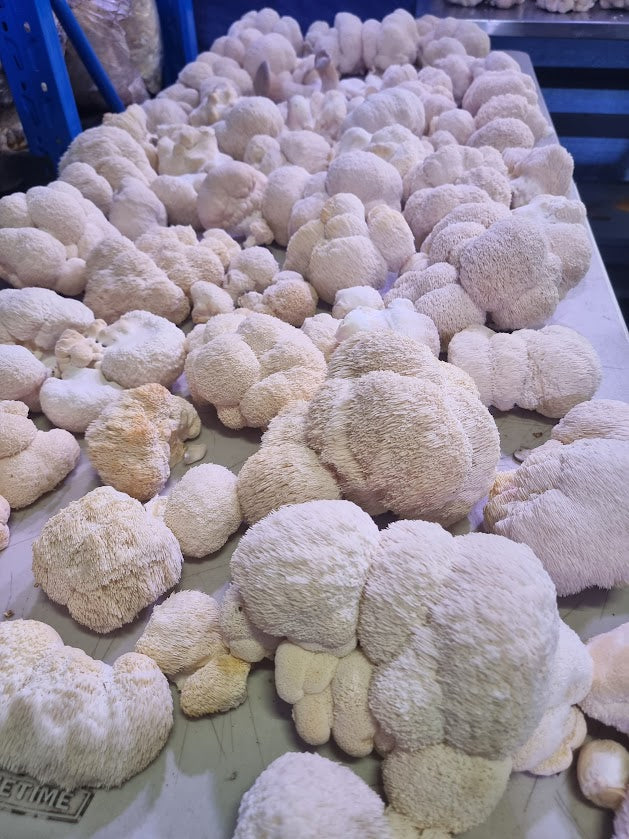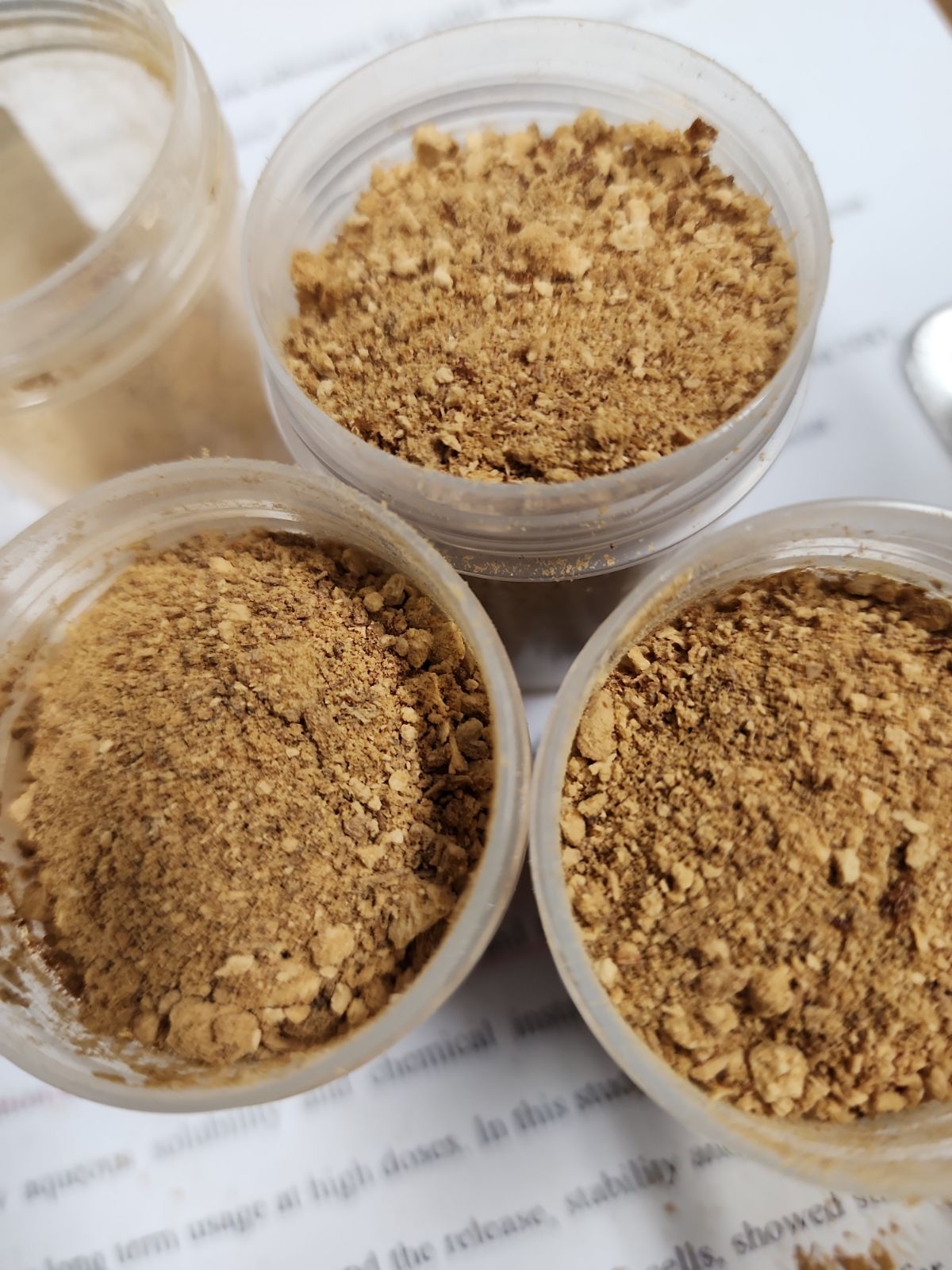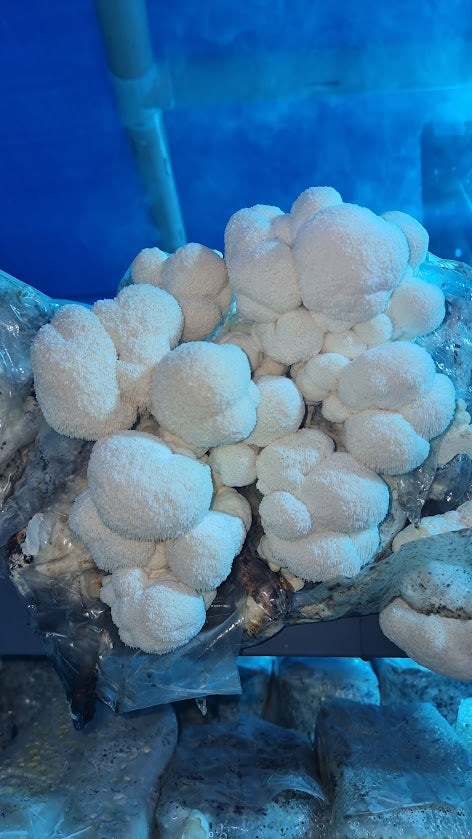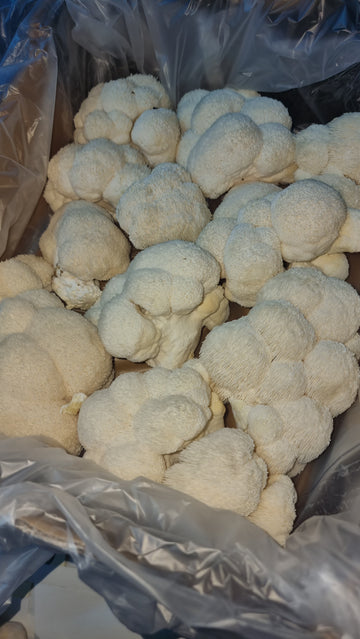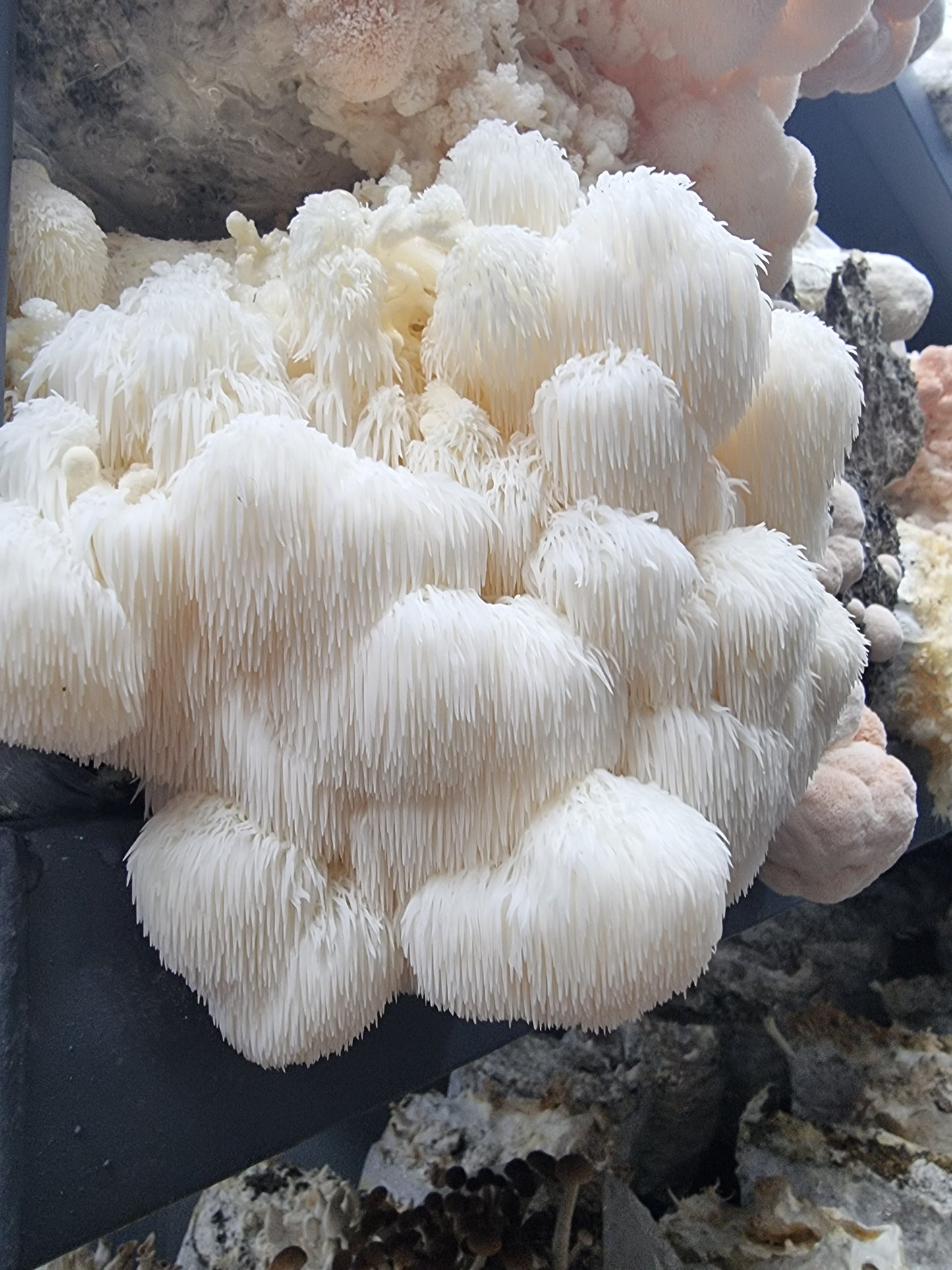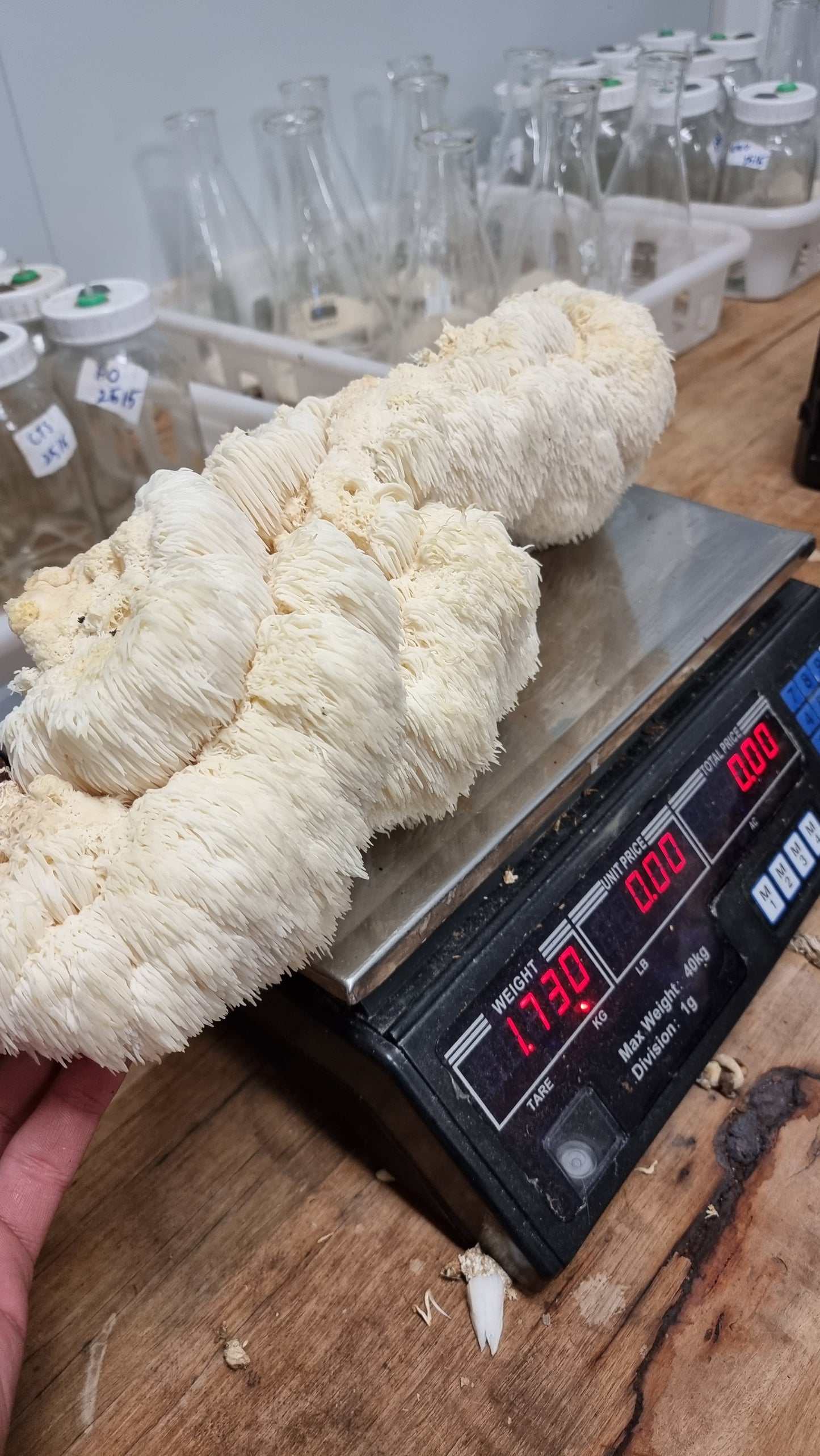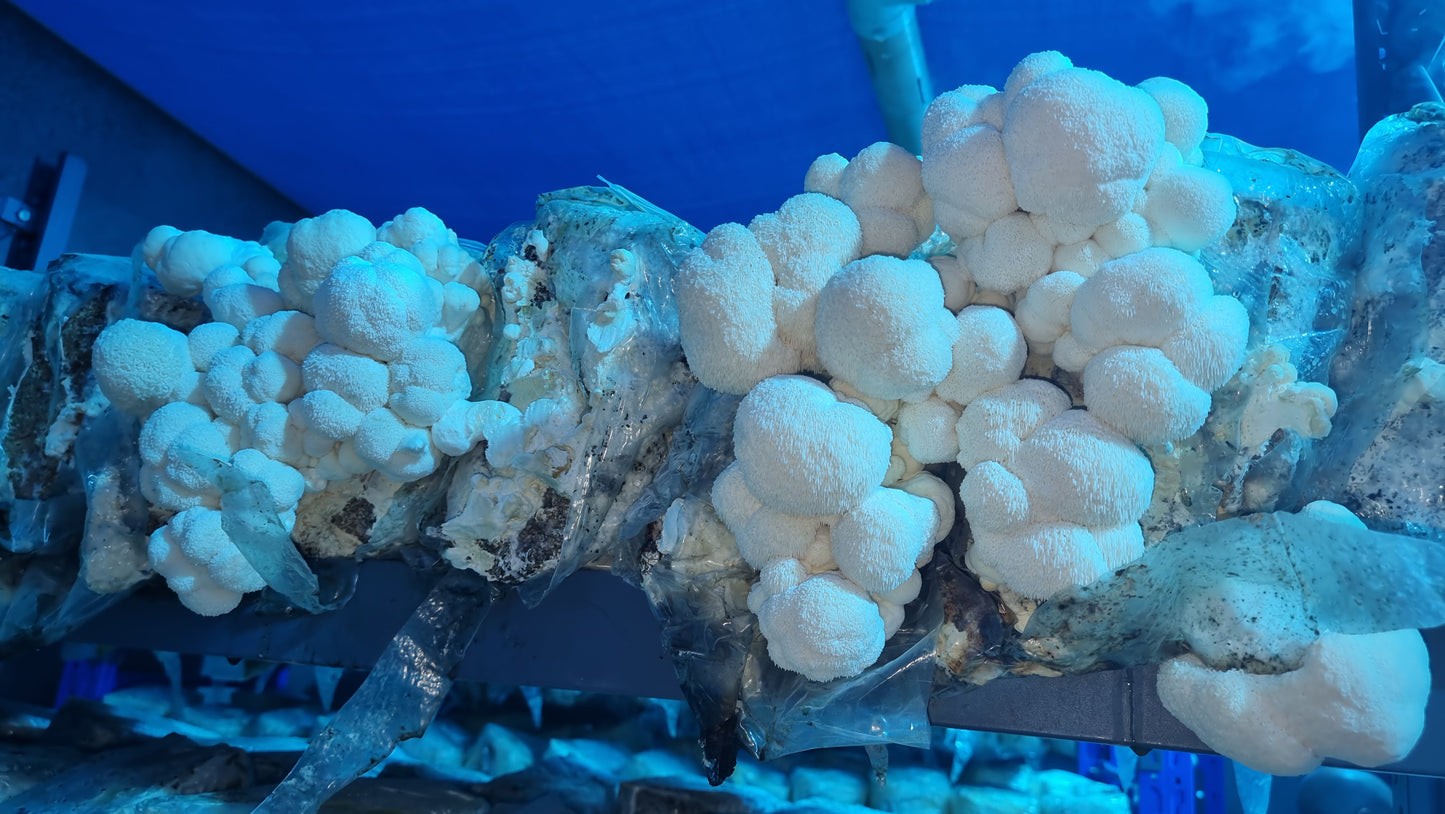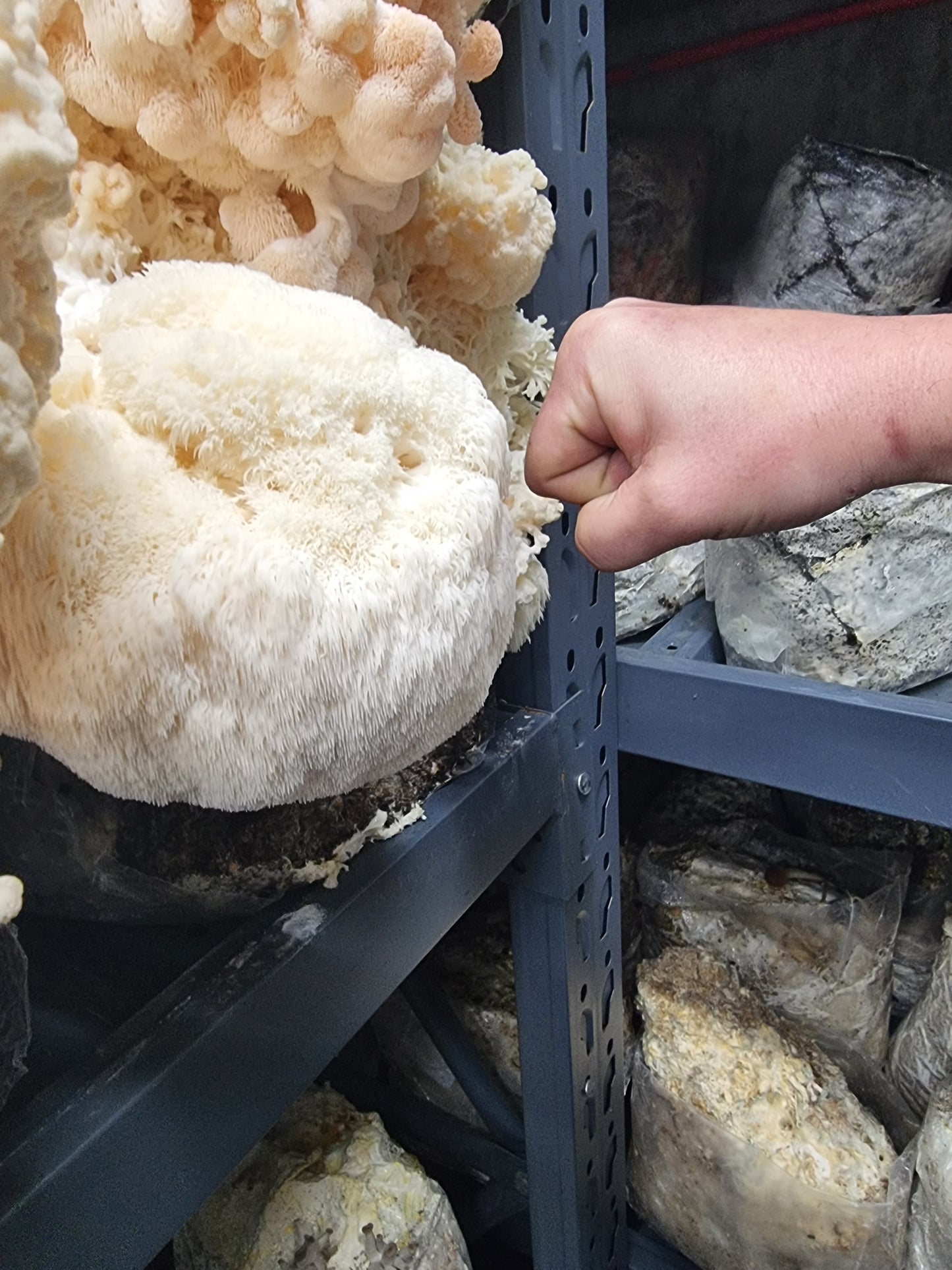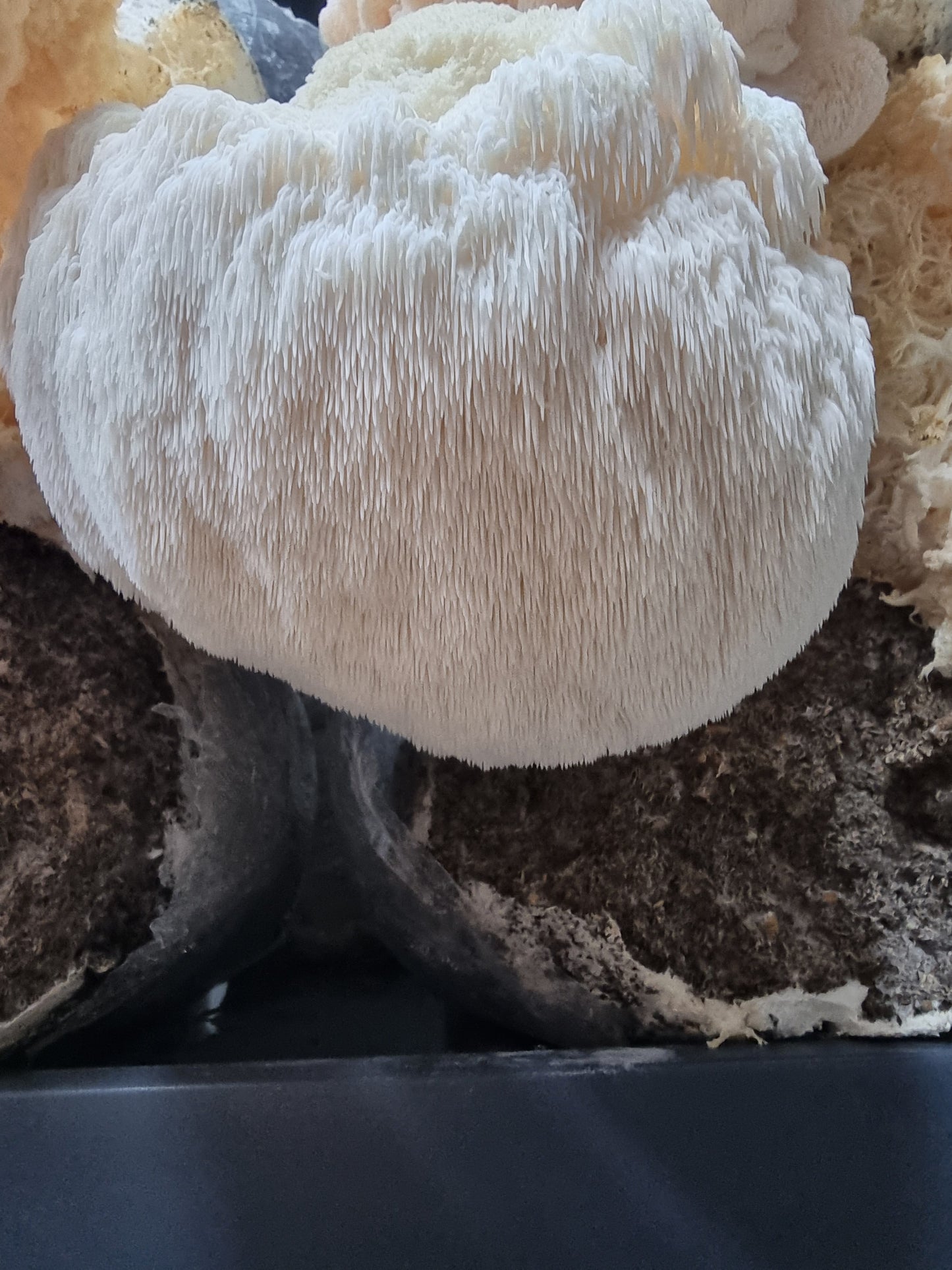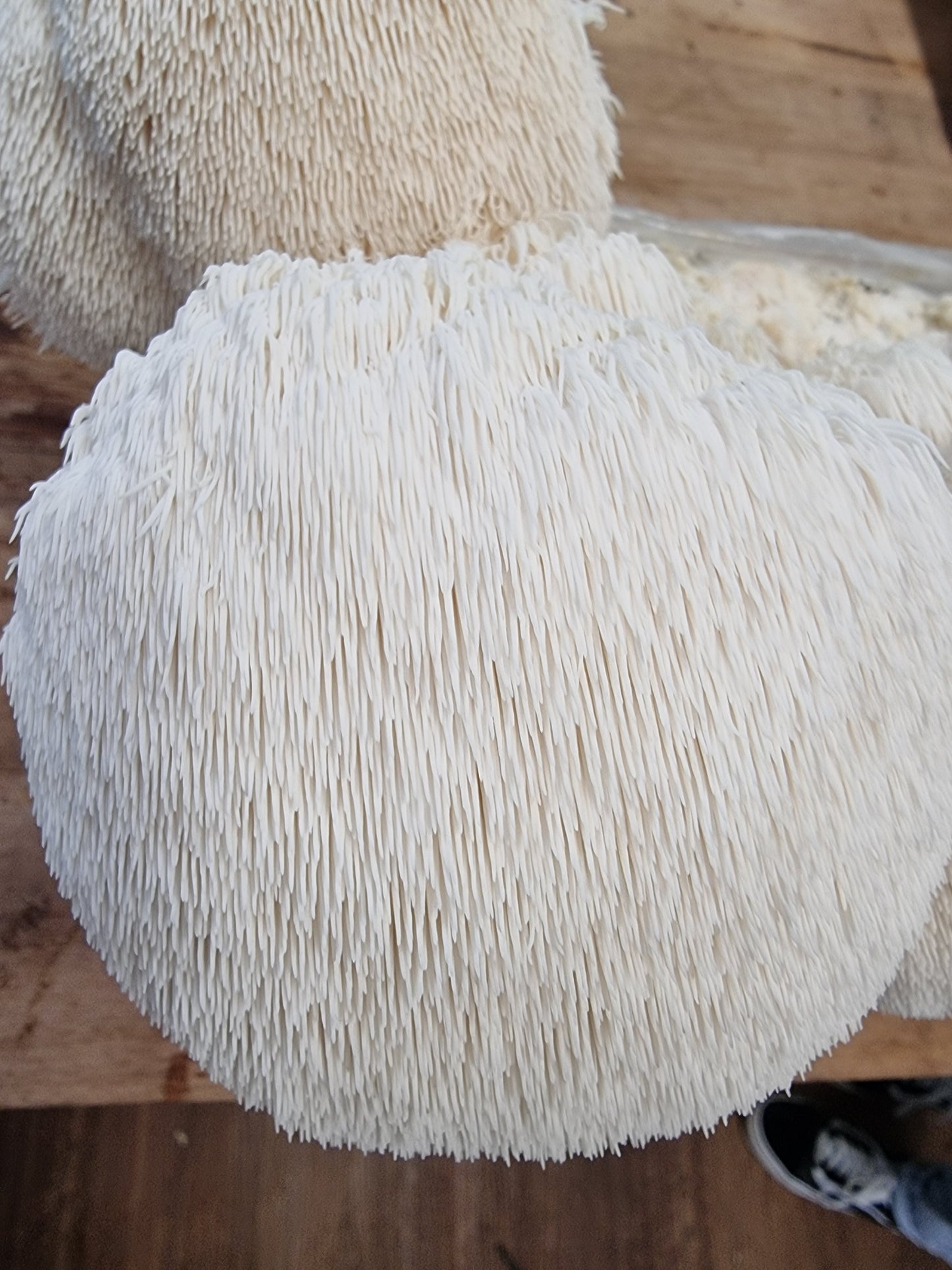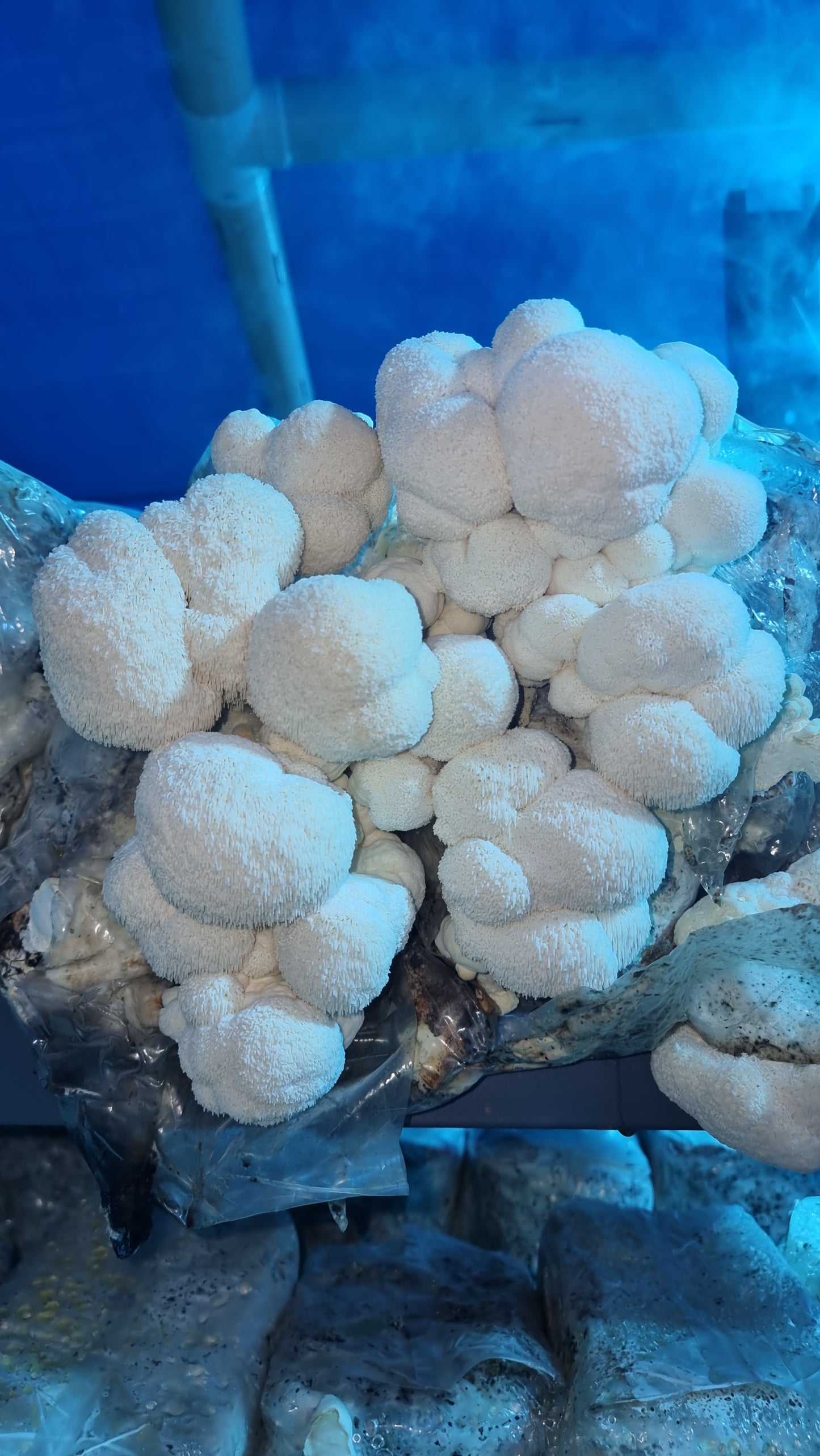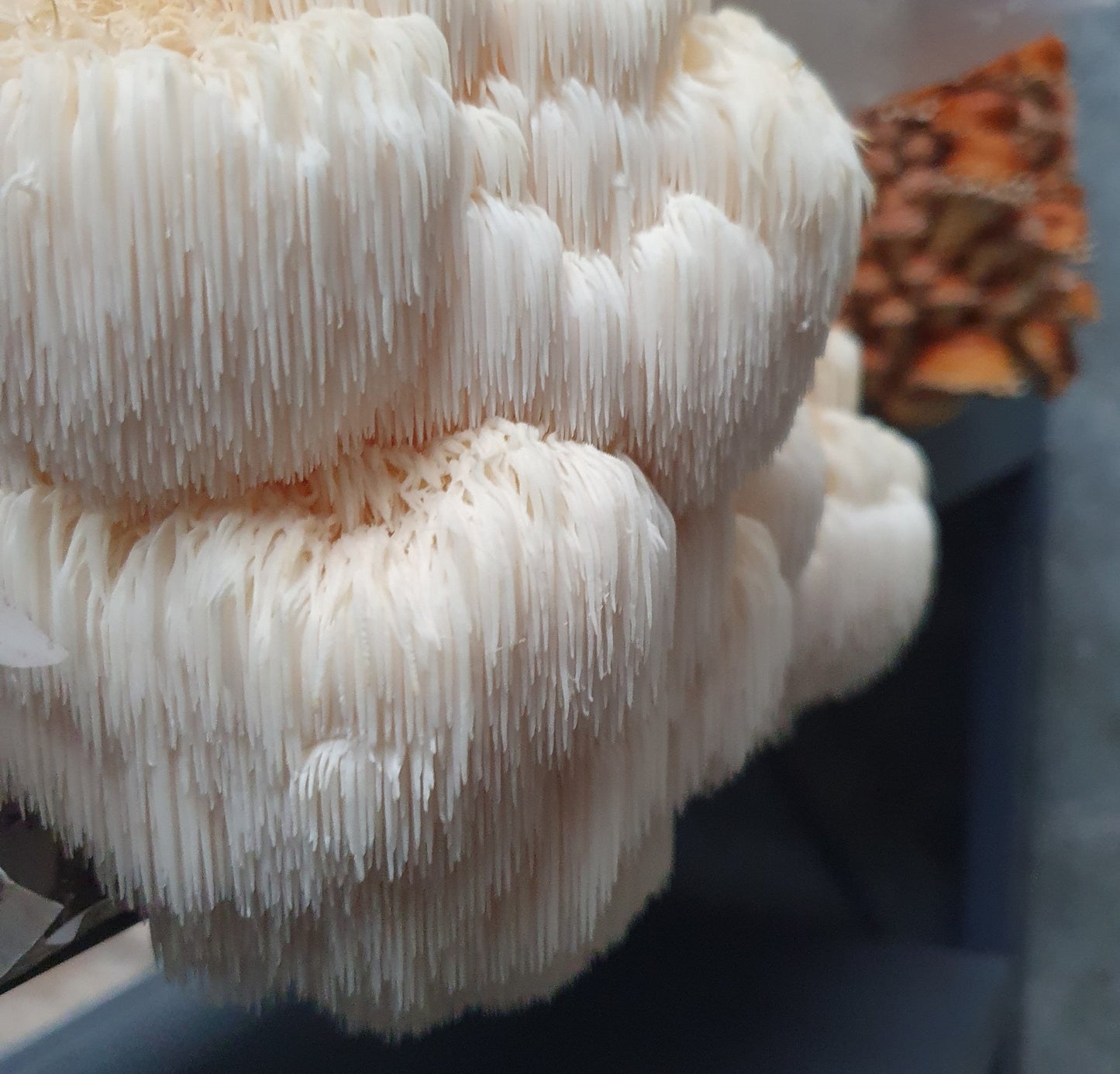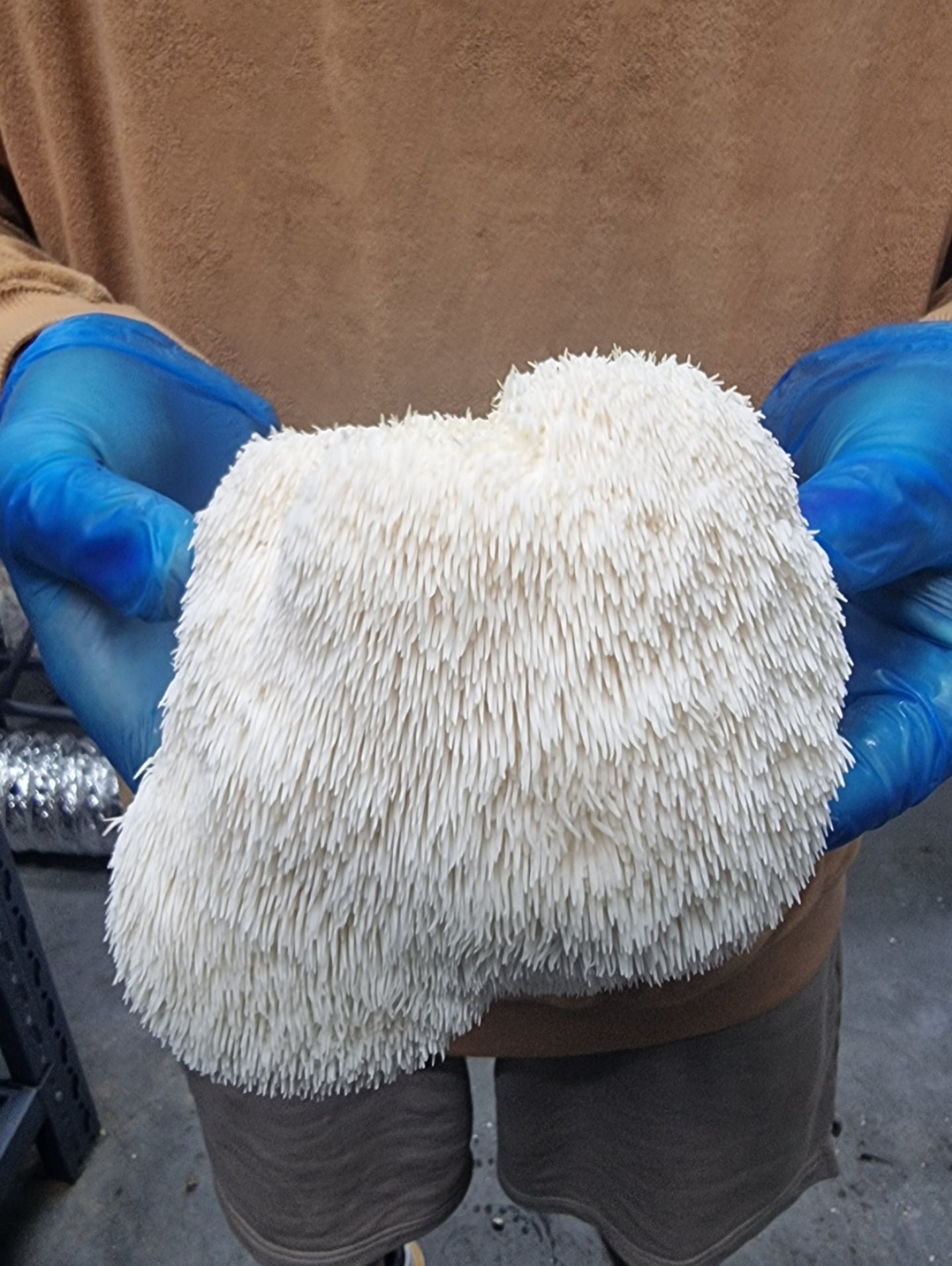Fungi, a remarkable kingdom of life, holds incredible potential to address some of the most pressing environmental challenges we face today.
From cleaning up oil spills to absorbing radioactivity, mushrooms and their mycelium network have shown promising capabilities that could revolutionize sustainability efforts.
In this article, we will explore 11 ways fungi could save the planet and pave the way for a greener future.
10 Ways Fungi Could Save The Planet
1. To clear up oil spills
When disaster strikes and oil spills contaminate fragile ecosystems, fungi offer a glimmer of hope through mycoremediation.
This innovative practice involves using certain fungi to break down and neutralize hazardous waste, including oil spills and heavy metals.
In the Ecuadorian Amazon rainforest, workshops are teaching local communities how to employ native fungus called Geomyces to restore nutrients and ecosystems affected by oil-filled pits left by oil companies. This process not only aids in clearing up the remains of crude oil but also rejuvenates the soil, proving fungi's prowess as environmental healers.
2. To absorb radioactivity
The Chernobyl Nuclear Power Plant disaster left a haunting legacy of radioactivity.
However, scientists discovered a glimmer of hope amidst the destruction—a black fungus that thrived on radioactivity.
Radiotrophic fungi, as they are known, can absorb and decompose radioactive materials, such as hot graphite in reactors, converting them into energy for growth.
The potential of these fungi extends even to space, where they are being tested as radiation shields for astronauts on the International Space Station.
3. To solve the landfill crisis
The world faces a pressing landfill crisis, with plastic waste accumulating for centuries.
Enter fungi like Pestalotiopsis microspora, capable of digesting and breaking down polyurethane plastic. These remarkable fungi offer a glimmer of hope, as they can degrade plastic even in air-free environments, potentially providing a solution to the growing plastic pollution problem.
Additionally, edible Oyster and Split Gill mushrooms have been shown to fully degrade plastic pieces, leaving behind only nutritious mycelium.
4. As biodegradable packaging
The demand for sustainable packaging alternatives is on the rise. Mushroom-based packaging, known as MycoComposite, provides a viable solution to replace oil-based polystyrene.
IKEA has already made the switch to this eco-friendly alternative, which can be grown to the exact size and shape needed in less than a week, using significantly less energy than traditional packaging.
After use, MycoComposite breaks down harmlessly, contributing to a circular economy.
5. As a carbon sink
The urgency to combat climate change calls for innovative carbon sequestration methods.
Fungi can play a vital role as carbon sinks. While plants absorb CO2 and store 70% of it below ground, fungi stabilize and store carbon in their mycelium filaments.
This carbon can remain securely stored for thousands of years, nourishing the soil and promoting its health. Harnessing fungi as carbon sinks could help offset carbon emissions and combat climate change effectively.
6. To grow buildings
Traditional building materials, such as concrete, contribute significantly to carbon emissions. The FUNGAR Project explores an alternative using fungi.
The Hy-Fi building in New York City was a groundbreaking example of this concept.
Its white bio bricks, made from agricultural waste and mycelium, allowed the structure to grow inside a mold until it became solid. Using fungi as an alternative to traditional materials could lead to carbon-neutral and biodegradable constructions.
7. To filter water
Water pollution is a global concern, and mycofiltration offers a promising solution.
Mycologist Paul Stamets conducted a study in the 1980s using edible Garden Giant mushrooms to filter agricultural runoff.
The results showed a remarkable 100-fold reduction in water pollution levels. Implementing mycofiltration on a larger scale could lead to more effective water purification methods, benefiting both human populations and aquatic
8. As an alternative to leather
The fashion industry's reliance on animal leather raises ethical and environmental concerns.
MycoWorks, a pioneering company, has developed Fine Mycelium, an alternative to animal leather made from fungi.
Fine Mycelium not only replicates the look and feel of traditional leather but also offers sustainability advantages.
Its production eliminates the need for animal-derived materials and allows precise customization, reducing waste and promoting ethical fashion practices.
9. To feed livestock
Livestock farming places significant pressure on land and resources, particularly due to soybean cultivation for animal feed. Fungi provide an innovative solution to this challenge.
Certain fungi have the ability to break down indigestible straw stalks into carbohydrate-rich material suitable for livestock feed.
Additionally, feeding mushrooms to animals, like chickens, has shown improved egg quality, presenting an opportunity to reduce soybean demand and its impact on natural habitats.
10. As an alternative to meat
The call for reducing meat consumption for environmental and health reasons is growing louder.
Fungi offer a plant-based alternative to meat that is not only nutritious but also sustainable. Some mushroom varieties, when ground down, mimic the texture of meat, making them ideal substitutes for burgers or mince.
King Oyster mushrooms, for instance, provide a delicious alternative to pulled pork. Incorporating fungi into our diets can help transition to a more sustainable food system.
Final Thoughts
The extraordinary potential of fungi to save the planet is becoming increasingly evident. From remediating polluted sites to providing sustainable alternatives for various industries, mushrooms and their mycelium network offer multifaceted solutions to some of humanity's most pressing challenges.
Embracing fungi's power may hold the key to building a greener, healthier, and more sustainable future for generations to come.
By harnessing their capabilities responsibly, we can work towards a harmonious coexistence with nature and pave the way for a thriving planet.
